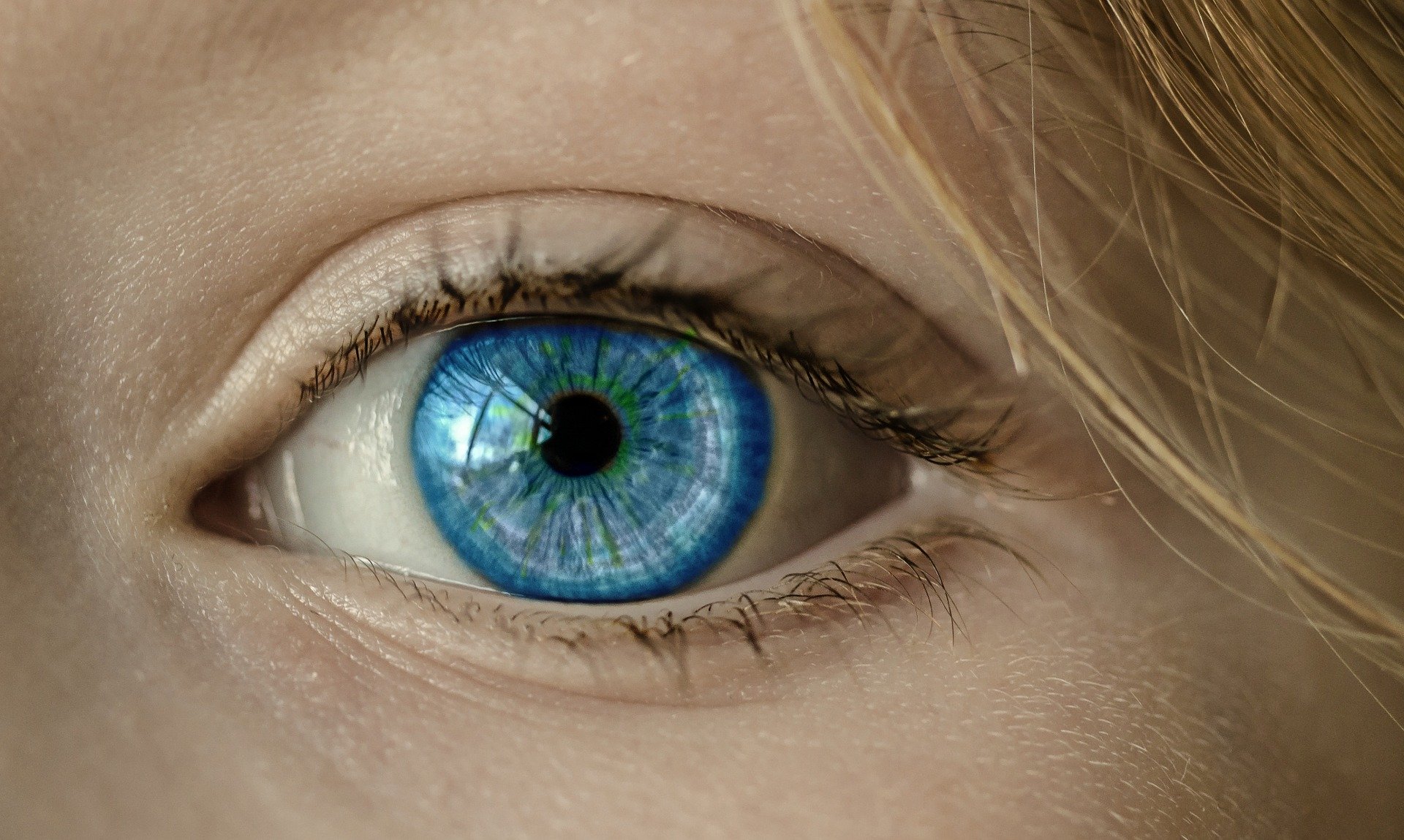
After a successful research phase, a new type of Accommodating Intraocular Lens (AIOL) capable of effectively treating presbyopia is looking for a place in the market. Scientists from the Spanish National Research Council (CSIC) are hoping to have the first pre-commercial prototype ready by 2026.
The technology behind this innovative AIOL was revealed in a study published last year in the Optica journal brought out by the Optical Society of America (OSA). Susana Marco, from the Daza Valdés Optical Institute of the CSIC, led the team in this ambitious project.
Presbyopia is an age-related condition involving the loss of the crystalline lens’s ability to focus after it becomes stiffer with time. This creates difficulties for the eye to properly fixate on either nearby or faraway objects and see them clearly. However, despite affecting 100% of humans over 45 years of age, there is still no satisfactory solution to this condition.
But this might change soon!
The Spanish research team is bringing an intraocular lens that can reshape itself inside the eye and thereby focus on far or near objects, mimicking the ability of a young eye. This is something that has never been done before.
The potential of this optical technology lies not only in the innovative mechanism that sets it apart from any other intraocular lens on the market but also in its capacity to improve the quality of life for those greatly affected by presbyopia.
The team is planning to set up a company in order to bring this to the market – Lightlens – that aims to commercialize the product. While this has not been completed as yet, the scientists have already started receiving funding to further develop the patented technology.
“We are currently talking to different intraocular lens manufacturing companies who could be potential investors and partners. We will set up the company as soon as we have secured financing,” Marco said.
Alongside her, the co-inventors of the two patents involved in this research are Carlos Dorronsoro from the CSIC’s Institute of Optics, and Irene Kochevar from the Wellman Center for Photomedicine at the Massachusetts General Hospital (University of Harvard). Other collaborators include Rocio Gutierrez and Andrés de la Hoz also from the Institute of Optics in Spain.
How Does It Work?
Marco explained to Innovation Origins that two elements are responsible for the lens capacity being able to adapt and accommodate various distances. The first one produces refraction, which is mainly responsible for the focus on faraway objects. The second is a flexible part that alters the shape of the lens by changing its curvature, which allows it to adapt and fixate properly on any nearby items.
“The lens works by changing its curvature to accommodate far and near objects, just like young eye do,” added the Spanish scientists.
The way in which its elements come into play is quite straightforward: the lens captures the movement of a muscle in the eye and adjusts itself accordingly. Specifically, it catches the ciliary muscle’s force, which is the one responsible for dealing with objects at various distances.
The tricky part was how to attach the intraocular lens to the eye so that its mechanism would be sensitive to the movement of the muscles. The answer was found in a photo-adhesive technique, which is a process that involves a photoinitiator agent that is activated by light and enables bonding of the eye with the lens.
According to Marcos, this underlines the success of the lens, as the technique has never been used before to treat presbyopia.
She added that the biggest challenge her team underwent in order to create the technology, was combining all the disciplines that were necessary for its success. The lens uses elements of optomechanical design, photochemical techniques for photoactivation of the bonding process, surgical techniques for implantation, and a material with the relevant optical and mechanical properties.
All elements needed to work smoothly with one another, and in the end, they did.
The result is a never-before-seen technology that is capable of successfully recreating in aging humans the functional capacities of young eyes.
“Commercially, the intraocular lens would enter the segment of the sector known as ‘premium.’ This refers to intraocular lenses that not only correct the crystalline’s opacification but also improve the patient’s quality of life and sight. In this case, by recovering their sight’s ability to accommodate distances,” Marco stated.
Next Steps
The lens was first designed through a computational process. After that, prototypes were manufactured and tested in an eye stretcher (equipment optimized for eye surgery, ed) which had a system installed that replicated the ciliary muscle’s movement. The photochemical bonding was demonstrated initially outside the context of an eye and then surgically inside the eyes of a porcine animal model.
According to Marco, before implantation in humans, it is necessary to adjust some design parameters so that biocompatibility and toxicity tests, as well as preclinical tests, can be carried out on animal models and then in clinical trials with human patients. She emphasized that the lens is still under development and that other tests are necessary to ensure an optimal and safe outcome.
“The current challenge with the LightLens is that it is not only an intraocular lens, but that it is also particularly sophisticated, with new elements in its design, with new substances in its material, and it uses light in its application.”
In the past, the team behind Lightlens has had experience in commercializing other optical products. They founded 2EyesVision, Plenoptika, and PhysIOL; all of which are looking to improve ophthalmological processes.
Marco is very positive about the future of LightLens. She concluded that their aim is “to provide patients with a solution that replicates the functioning of the young eye, which will, without a doubt, improve their quality of vision and their quality of life.”
